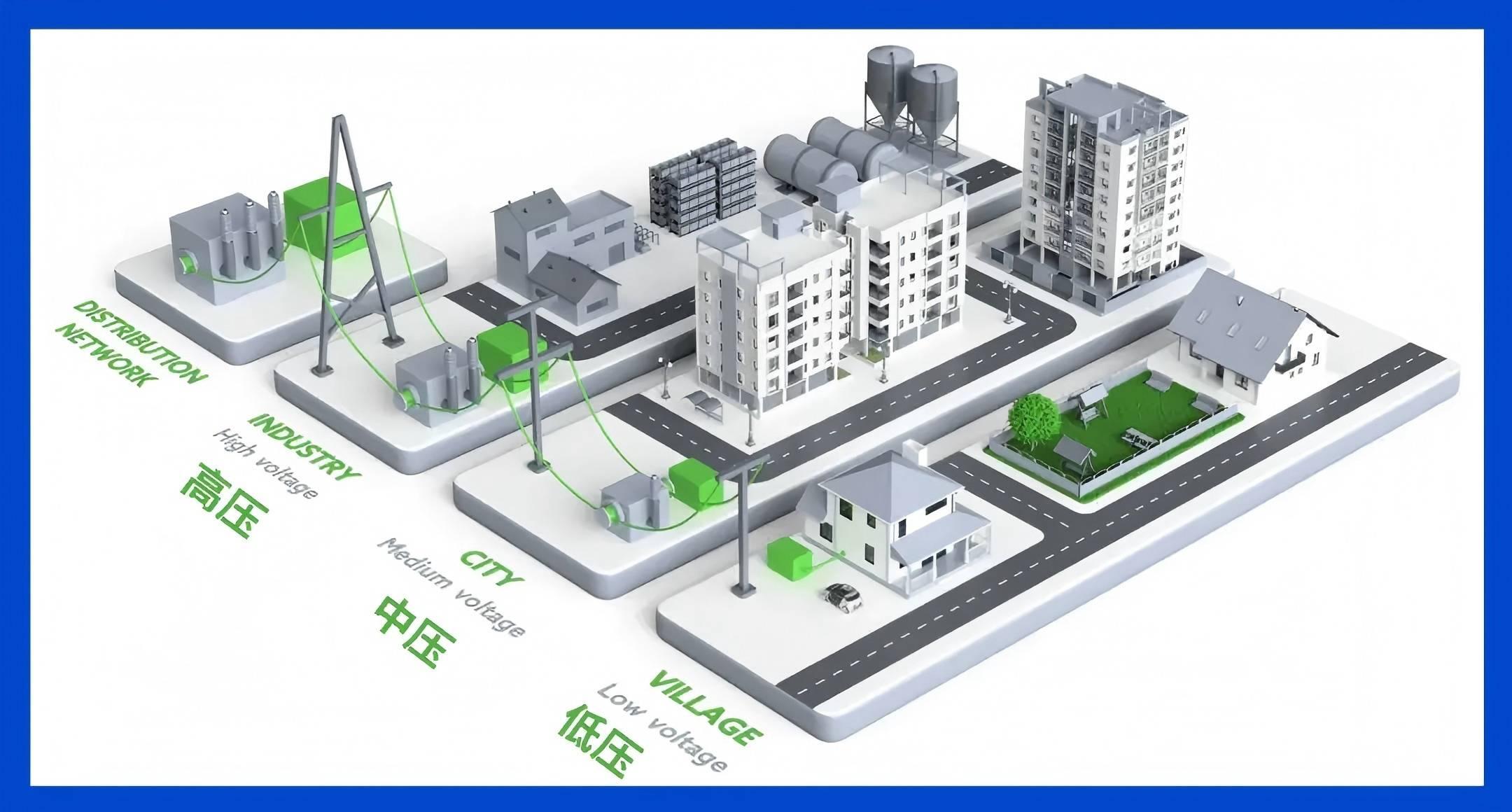What are Primary and Secondary Frequency Regulation, and How Do Energy Storage Systems Perform Frequency Regulation?
In power systems, frequency stability is one of the key indicators for ensuring safe and reliable operation. Primary and secondary frequency regulation play a crucial role in maintaining frequency stability in the system. At the same time, with the rapid development of renewable energy and the increasing demand for flexibility in power systems, electrochemical energy storage technology has shown great potential in frequency regulation due to its unique advantages.
Primary Frequency Regulation
Definition and Concept
Primary frequency regulation refers to the process in which power plants adjust their output through the automatic regulation of the speed governors when the system frequency deviates from the nominal value, in order to stabilize the system frequency. This is a natural response mechanism of the power system, requiring no manual intervention, and can quickly respond to changes in the system frequency.
Working Principle
The speed governor system of power plants is central to primary frequency regulation. When the system frequency drops, the governor detects the frequency change and automatically increases the steam flow to the turbine or adjusts the blade angles in the case of hydropower plants, thus increasing the generator's output. Conversely, when the system frequency rises, the governor reduces the output of the generator. The speed governor typically works based on mechanical-hydraulic principles or electronic control principles, adjusting the generator's output power by measuring the deviation of the system frequency from the nominal frequency.
Characteristics and Advantages
- Fast Response: The regulation can be completed in a few seconds to tens of seconds, quickly responding to system frequency fluctuations.
- Automatic Adjustment: No manual intervention is required, as the adjustment is automatically carried out by the speed governor.
- Limited Adjustment Capability: Primary frequency regulation can only maintain frequency stability within a certain range, with limited adjustment capacity.
Example: In a certain regional power system, if the load suddenly increases, causing the system frequency to drop, the thermal power plants in the region will automatically increase the steam flow, boosting power output and quickly restoring the system frequency.
Secondary Frequency Regulation
Definition and Concept
Secondary frequency regulation, also known as Automatic Generation Control (AGC), is the process that follows primary frequency regulation. It adjusts the active power output of power plants to bring the system frequency back to its nominal value. This process involves planned, manual interventions, where the power dispatching department sends commands to power plants to adjust their output.
Working Principle
The power dispatching department monitors the system frequency and checks if it deviates from the nominal value. If the frequency deviation is detected, the dispatching department develops a frequency regulation strategy based on the overall operating conditions of the system. The dispatching department then sends instructions to the power plants to adjust their output. The power plants respond by adjusting their active power output, thereby restoring the system frequency to its nominal value.
Characteristics and Advantages
- High Precision: Secondary frequency regulation allows for precise control of the system frequency, restoring it to its nominal value.
- Centralized Control: Managed by the power dispatching department, enabling optimized decision-making based on the overall system conditions.
- Relatively Slower Response: Compared to primary frequency regulation, the response is slower due to the need for issuing commands and executing adjustments.
Example: In a provincial power system during peak periods, if the system frequency drops, the power dispatching department may instruct some hydropower plants to increase their output while reducing output from certain thermal plants. This helps distribute the active power output of power plants appropriately and restore the system frequency to its nominal value.
Electrochemical Energy Storage for Frequency Regulation in Power Systems
Independent Frequency Regulation Mode
In this mode, the electrochemical energy storage system functions as an independent frequency regulation resource directly connected to the power system. When the system frequency fluctuates, the energy storage system automatically adjusts its power output in response to frequency changes, thereby assisting in frequency regulation.
In this mode, the energy storage system can respond quickly to frequency fluctuations, enhancing system frequency stability. However, considerations such as the energy storage system's capacity and charge/discharge cycles must be taken into account to ensure long-term reliability.
Cooperative Frequency Regulation Mode with Power Plants
In this mode, the electrochemical energy storage system works alongside power plants to jointly regulate the frequency of the power system. When the system frequency fluctuates, power plants first perform primary and secondary frequency regulation, while the energy storage system assists by providing additional power support when the power plants' capacity is insufficient to stabilize the frequency.
This cooperative mode allows for the complementary strengths of both power plants and energy storage systems, enhancing system frequency stability and reliability. Effective coordination and control mechanisms must be established to ensure smooth collaboration between the power plants and the energy storage system.
Advantages of Electrochemical Energy Storage in Frequency Regulation
- Fast Response: Electrochemical energy storage systems can switch between charging and discharging in milliseconds, enabling rapid response to frequency changes.
- Precise Control: Energy storage systems can precisely control their power output, improving frequency stability.
- Flexible Deployment: Energy storage systems can be deployed in various locations, such as substations, power plants, or at the consumer side, depending on the needs.
- Environmentally Friendly and Efficient: Compared to traditional frequency regulation methods, electrochemical energy storage systems are more environmentally friendly and efficient, as they do not generate pollutants or noise.
In summary, primary and secondary frequency regulation are essential mechanisms for maintaining the stability of power system frequency. Electrochemical energy storage systems offer significant advantages in improving the speed, precision, and flexibility of frequency regulation, playing a complementary role alongside traditional generation sources in the modern power grid.
Next:1.2GWh! China Largest Single-phase Wind-Solar-Thermal-Hydrogen-Storage Project Successfully Grid-Connected
Previous:BYD Energy Storage Powers South Africa Largest Solar-Plus-Storage Facility for One Year
